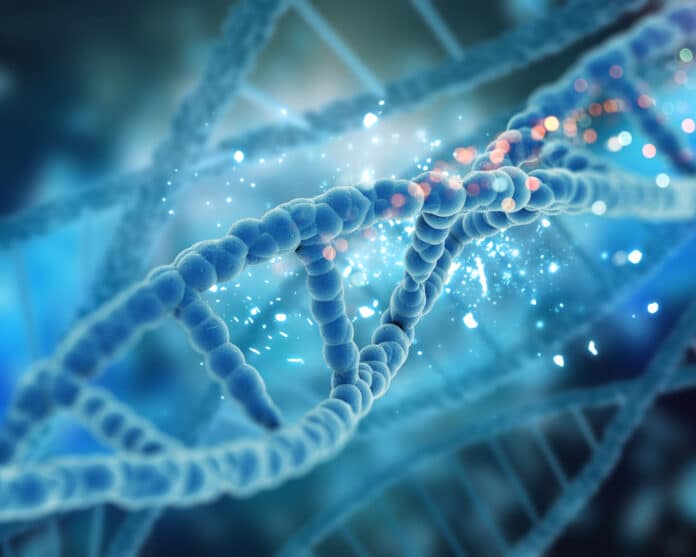Viral capsids can adopt various geometries, most iconically characterized by icosahedral or helical symmetries. Importantly, precise control over the size and shape of virus capsids would have advantages in developing new vaccines and delivery systems. However, current tools to direct the assembly process programmatically still need to be explored.
Using DNA origami templates, Griffith University researchers controlled the way viruses are assembled. They have developed a way to direct the assembly of virus capsids – the protein shell of viruses – at physiological conditions precisely and programmatically.
Dr. Frank Sainsbury and Dr. Donna McNeale from the Griffith Institute for Drug Discovery were part of the research team. They said forcing viruses to assemble onto DNA folded into different shapes “like origami” was a question this project answered.
“We achieved control over the virus protein shape, size, and topology by using user-defined DNA origami nanostructures as binding and assembly platforms, which became embedded within the capsid,” Dr Sainsbury said.
“The virus protein coatings could shield the encapsulated DNA origami from degradation. This activity is like wrapping a present – the virus proteins deposit on top of the different shapes defined by the DNA origami shape.”
“And different virus proteins are like different wrapping paper, which would be relevant to different uses of the coated DNA origami.”
Creating new vaccinations and delivery methods would benefit from precise control over the size and structure of viral proteins. Virus protein coatings on structures of varying thickness and form, but the tools needed to manage the assembly process programmatically were lacking.
Dr. McNeale said, “Our approach is not limited to a single type of virus capsid protein unit and can also be applied to RNA–DNA origami structures to pave the way for next-generation cargo protection and targeting strategies.”
Dr. Sainsbury said, “With the enormous existing design space among viruses that could be used as carriers, there is still much to learn from studying them. We’ll continue to push the boundaries of how virus-like particles can assemble and what can be learned from using them as medicine transporters, vaccines, and biochemical reaction vessels.”
Journal Reference:
- Seitz, I., Saarinen, S., Kumpula, EP. et al. DNA-origami-directed virus capsid polymorphism. Nat. Nanotechnol. (2023). DOI: 10.1038/s41565-023-01443-x
